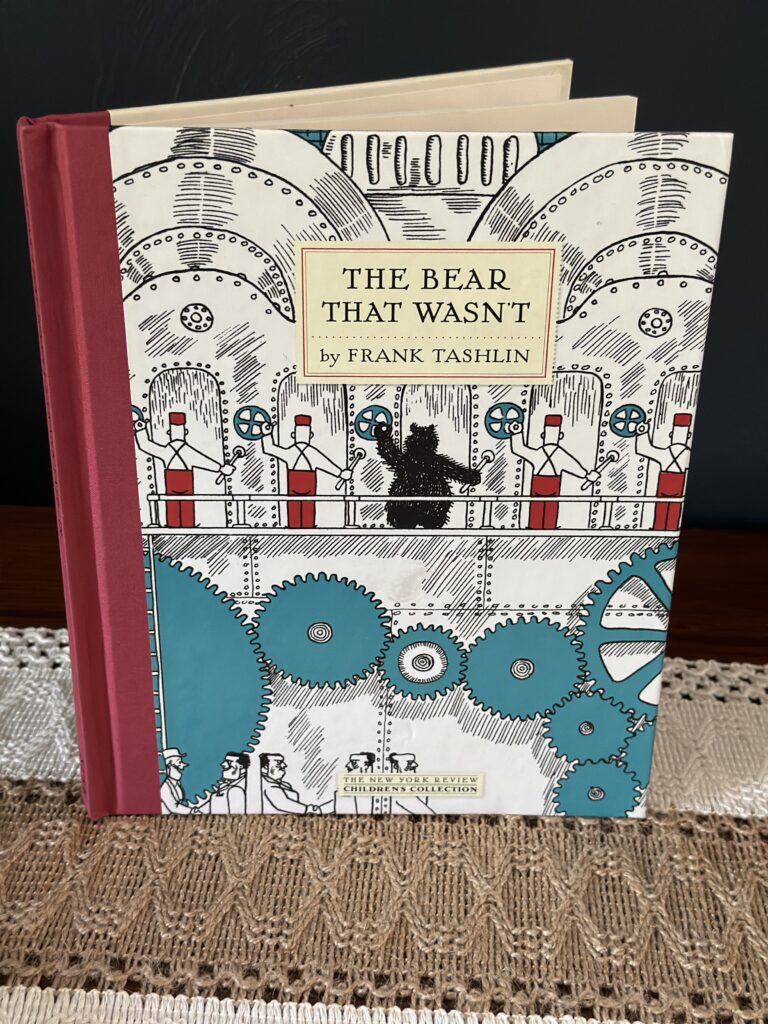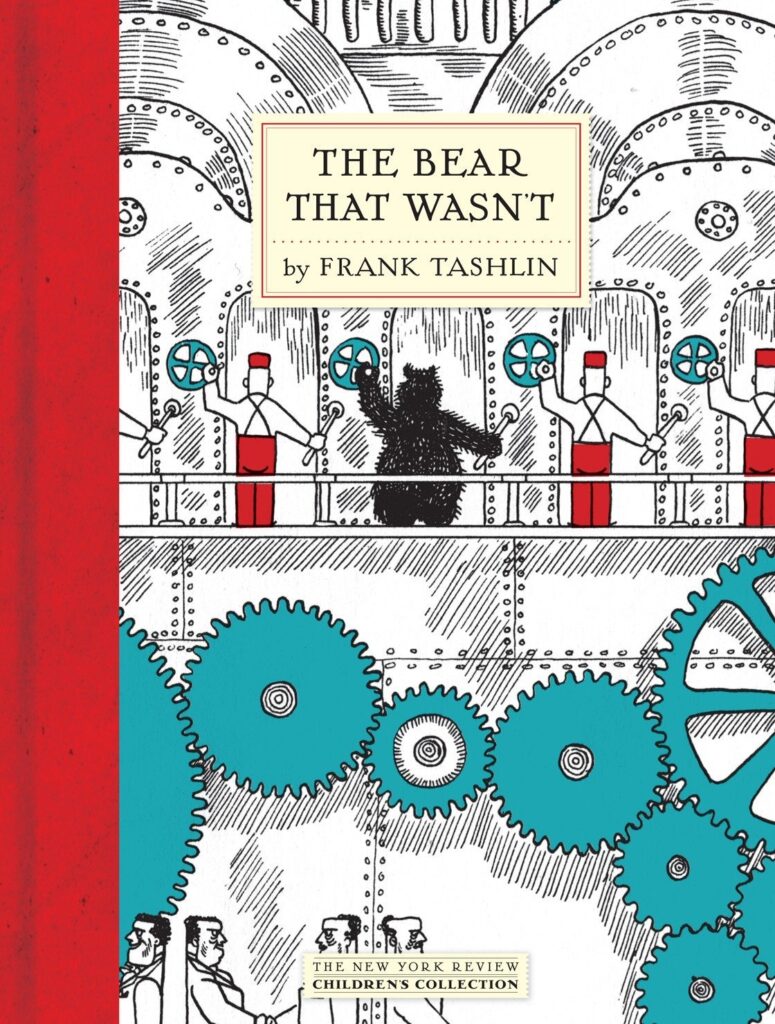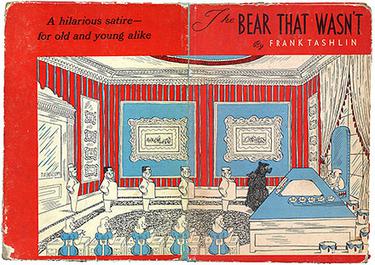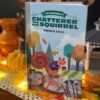Children’s Classic Read August

August. About a bear.
The Bear That Wasn’t is a 1946 children’s picture book written and illustrated by filmmaker and Looney Tunes alumnus Frank Tashlin.
Though appearing as a children’s book, the story is a critical satire towards aspects of society. It revolves around the concept of people believing a repeated idea even though it may not be true. People have a tendency to shift their views if a concept is hammered into them over and over again, like the bear being told he is a “silly man who needs a shave and wears a fur coat”. The bear eventually succumbs to this mistaken assumption, believing he is a man even though he had previously known otherwise, just as humans shift their views on a topic because of repetitive information, or because “they all say it is true, therefore it must be”. Yet, in the end, the bear, who is cold in winter, reverts to what he really is – a bear – and finds shelter in a cave. This idea covers the concept of people never changing due to outside influence. Though people may change for someone else, when placed in a difficult position, they revert to old habits – just like the bear hibernating. Whether something is fact or fiction, it is what it is and does not change – no matter how many people believe otherwise, hence that “he wasn’t a silly man. And he wasn’t a silly bear, either.”
The book also presents a visual satire of corporate culture. Each time the bear appears before a higher-ranking man in the corporation, the offices get progressively more elaborate (for example, progressively more phones, more waste-baskets, more secretaries, all according to rank. The secretaries in particular melodically tell the bear and bosses to come in in the animated version). There are also progressively more chins and less hair on each higher-ranking person as the bear ascends all the way to the president’s office.

“This book can be used to teach philosophy to children because it discusses the overall concept of self-identity. Throughout the book, Tashlin describes a process similar to when people do not recognize what is different and unique about certain individuals and they then attach labels to those individuals. “
The above quote is what made me pick this for August to read for my Children’s Classic Read group. It’s a must read for ages 0-102 💙🐻💙. And in our current climate it’s very appropriate and can create great discussion.
📘“Once upon a time, in fact it was Tuesday,” the Bear went into the woods to settle in for his long winter nap. But when he awoke what had happened? The trees were gone, the grass was gone, the flowers were gone, and in their place were buildings, cars, a fenced-off courtyard. The Bear had no idea that he was in the middle of a factory. “Get back to work!” a man yelled out of the blue.
“I don’t work here,” said the Bear, “I’m a bear.” The man laughed and laughed. “Fine excuse for a man to keep from doing any work—saying he’s a bear.” And so it began and so it went, with the Bear protesting his bearness all the way from the Third Vice President to the First, and no one willing to believe that he wasn’t just a silly man in a fur coat who needed a shave.
How the bear endured and how he finally prevailed are the subject of this
delightful modern fairy tale—beautifully illustrated with the author’s inventive line drawings—about sticking up for yourself, no matter how many Foremen, General Managers, Vice Presidents, or even Company Presidents stand in your way.



